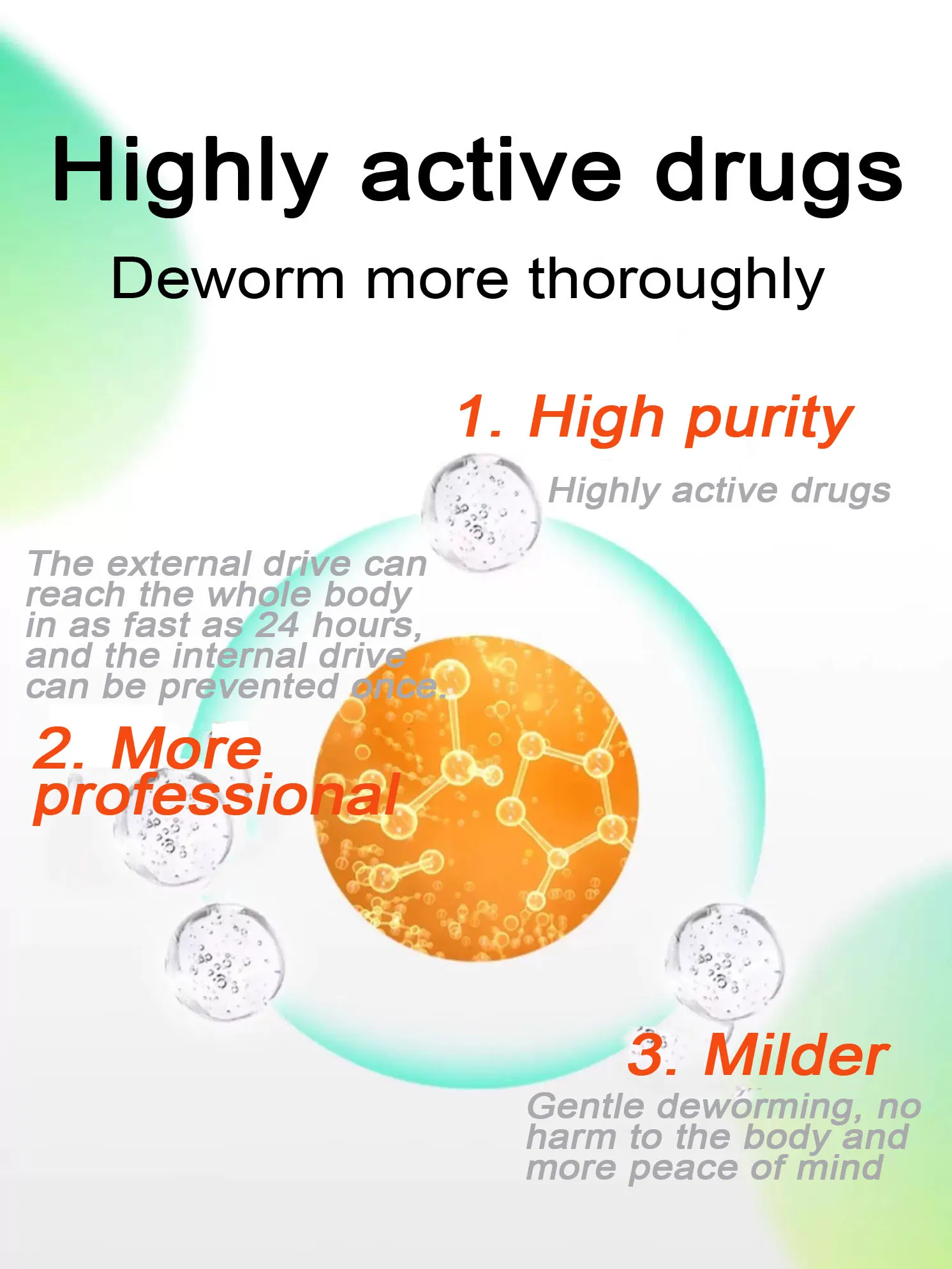- Afrikaans
- Albanian
- Amharic
- Arabic
- Armenian
- Azerbaijani
- Basque
- Belarusian
- Bengali
- Bosnian
- Bulgarian
- Catalan
- Cebuano
- Corsican
- Croatian
- Czech
- Danish
- Dutch
- English
- Esperanto
- Estonian
- Finnish
- French
- Frisian
- Galician
- Georgian
- German
- Greek
- Gujarati
- Haitian Creole
- hausa
- hawaiian
- Hebrew
- Hindi
- Miao
- Hungarian
- Icelandic
- igbo
- Indonesian
- irish
- Italian
- Japanese
- Javanese
- Kannada
- kazakh
- Khmer
- Rwandese
- Korean
- Kurdish
- Kyrgyz
- Lao
- Latin
- Latvian
- Lithuanian
- Luxembourgish
- Macedonian
- Malgashi
- Malay
- Malayalam
- Maltese
- Maori
- Marathi
- Mongolian
- Myanmar
- Nepali
- Norwegian
- Norwegian
- Occitan
- Pashto
- Persian
- Polish
- Portuguese
- Punjabi
- Romanian
- Russian
- Samoan
- Scottish Gaelic
- Serbian
- Sesotho
- Shona
- Sindhi
- Sinhala
- Slovak
- Slovenian
- Somali
- Spanish
- Sundanese
- Swahili
- Swedish
- Tagalog
- Tajik
- Tamil
- Tatar
- Telugu
- Thai
- Turkish
- Turkmen
- Ukrainian
- Urdu
- Uighur
- Uzbek
- Vietnamese
- Welsh
- Bantu
- Yiddish
- Yoruba
- Zulu
Nov . 08, 2024 01:30 Back to list
Comprehensive Guide to Antibiotics for Clinicians and Health Care Professionals
Understanding Antibiotics Their Role and Resistance
Antibiotics have revolutionized modern medicine, enabling the effective treatment of bacterial infections that were once life-threatening. Discovered in the early 20th century, antibiotics, such as penicillin, ushered in a new era of healthcare. They not only reduced mortality rates from bacterial infections but also made complex surgeries safer by preventing postoperative infections. However, the widespread use of antibiotics has also led to significant challenges, particularly the development of antibiotic resistance.
The Mechanism of Action
Antibiotics work by targeting specific components of bacterial cells. They can act in various ways, such as inhibiting cell wall synthesis, disrupting protein synthesis, or interfering with DNA replication. For example, penicillin targets the bacterial cell wall, causing it to rupture and ultimately kill the bacteria. Other antibiotics, such as tetracycline, inhibit protein synthesis, preventing bacteria from growing and multiplying.
Choosing the appropriate antibiotic is critical for effective treatment. This is often determined by the type of bacteria causing the infection and its susceptibility to different antibiotics, a process known as antibiotic sensitivity testing. Factors like the site of infection, the patient’s age, and any allergies or comorbidities also play a role in antibiotic selection.
The Rise of Antibiotic Resistance
Despite their effectiveness, the rise of antibiotic resistance poses a significant threat to public health. This phenomenon occurs when bacteria adapt and evolve, rendering previously effective antibiotics ineffective. Overuse and misuse of antibiotics in humans, agriculture, and animal husbandry have accelerated this process. For instance, patients who do not complete their prescribed antibiotic course may leave behind resistant bacteria, which can then multiply and spread.
antibiotic book pdf

The World Health Organization (WHO) has identified antibiotic resistance as one of the top ten global public health threats. Common infections, such as urinary tract infections and pneumonia, are becoming increasingly difficult to treat due to resistance. Multidrug-resistant organisms, such as Methicillin-resistant Staphylococcus aureus (MRSA) and Vancomycin-resistant Enterococcus (VRE), reflect the urgent need for new strategies in antibiotic management and development.
Strategies for Combatting Resistance
Addressing antibiotic resistance requires a multifaceted approach. First, education is crucial. Healthcare providers and the public need to be aware of the appropriate use of antibiotics. This includes understanding the risks associated with misuse and the importance of completing prescribed courses. Patients should also be informed about the dangers of self-medication and the use of antibiotics for viral infections, such as the common cold, where they are ineffective.
Secondly, healthcare facilities should implement strict infection control measures to prevent the spread of resistant bacteria. This includes proper sterilization of equipment, hand hygiene protocols, and isolation of infected patients. Surveillance of antibiotic use and resistance patterns can also help identify trends and guide treatment practices.
Moreover, the development of new antibiotics and alternative therapies is imperative. Pharmaceutical companies must invest in research to find novel compounds that can effectively treat resistant infections. Additionally, innovations such as phage therapy, which uses bacteriophages to target specific bacteria, are being explored as potential alternatives to traditional antibiotics.
Conclusion
Antibiotics remain one of the most significant advancements in medical science, but their efficacy is under threat from antibiotic resistance. Combating this issue requires a collaborative effort from healthcare professionals, policymakers, and the public. By promoting responsible antibiotic use, implementing stringent infection control practices, and encouraging research and innovation, we can safeguard the effectiveness of antibiotics for future generations. The fight against antibiotic resistance is not just a medical challenge; it is a collective responsibility that requires vigilance and commitment from all sectors of society.
-
Guide to Oxytetracycline Injection
NewsMar.27,2025
-
Guide to Colistin Sulphate
NewsMar.27,2025
-
Gentamicin Sulfate: Uses, Price, And Key Information
NewsMar.27,2025
-
Enrofloxacin Injection: Uses, Price, And Supplier Information
NewsMar.27,2025
-
Dexamethasone Sodium Phosphate Injection: Uses, Price, And Key Information
NewsMar.27,2025
-
Albendazole Tablet: Uses, Dosage, Cost, And Key Information
NewsMar.27,2025













